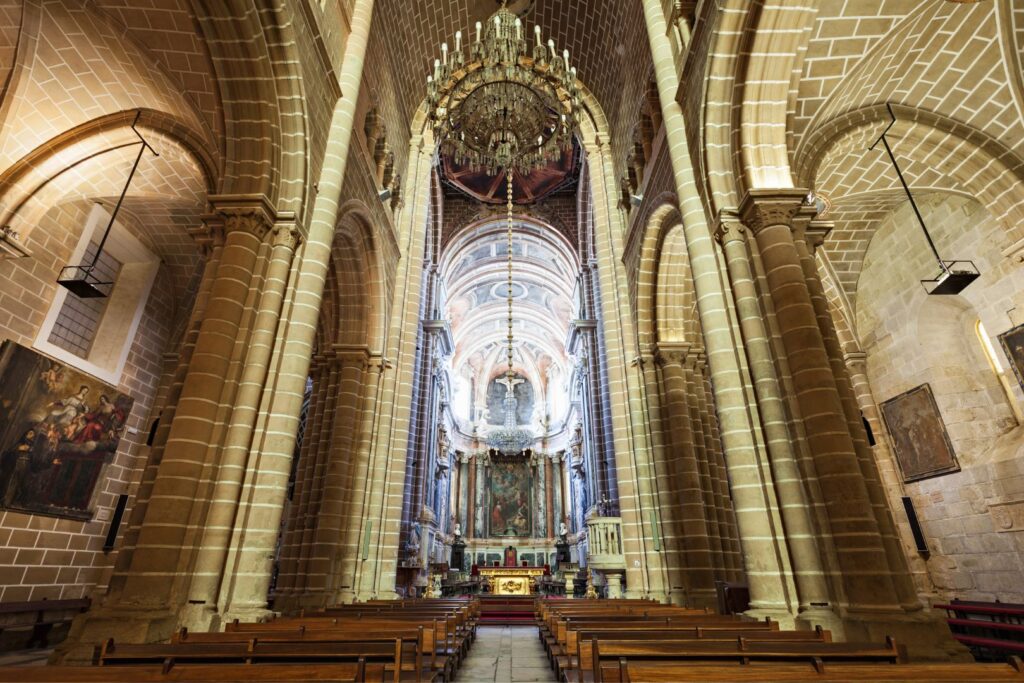Location
Alentejo,
Central Region
Évora <-> Lisbon: 132 km
(82 miles)
Évora <-> Porto: 364 km
(226 miles)
Population
47,000 inhabitants
(2022)
Weather
Évora has a hot-summer Mediterranean climate, with hot, dry summers and mild, moist winters
Curiosity
Évora is the only Portuguese city member of the oldest European cities, with settlements inhabited continuously since the 3rd millennium BC













